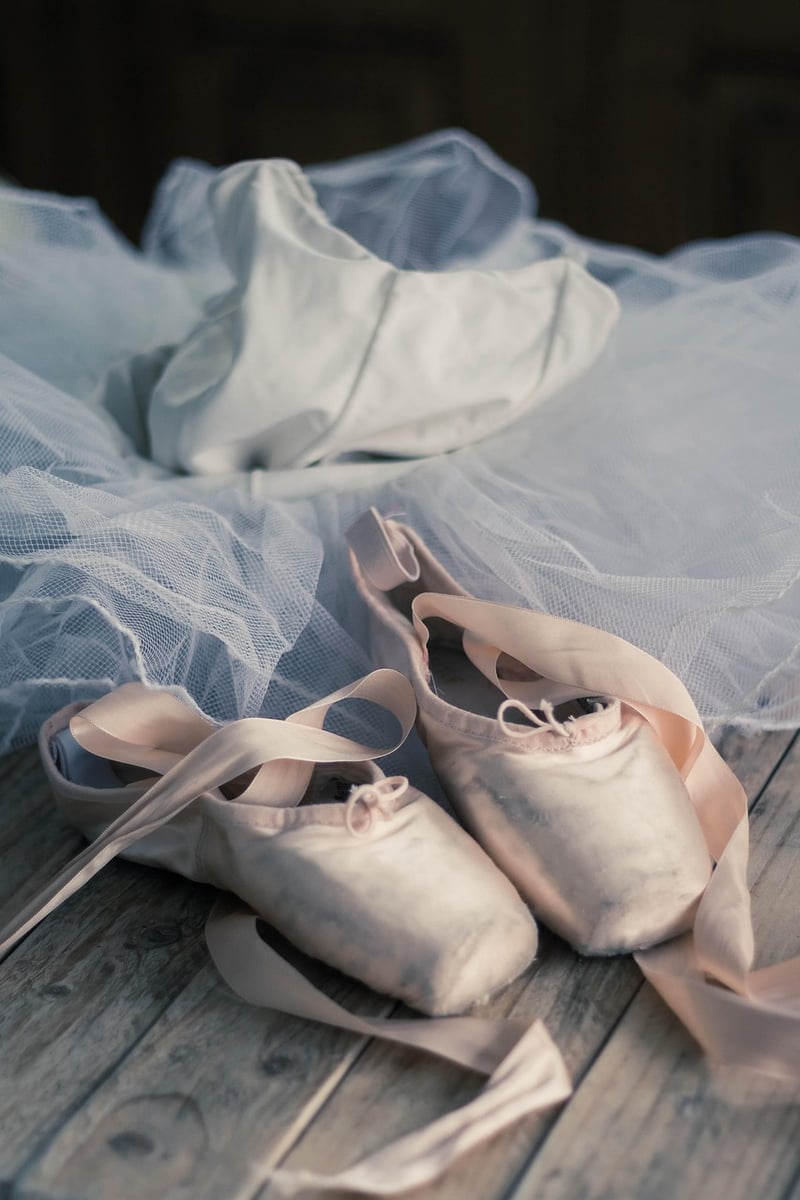Contemporary
Exploring Expressive Movement Forms in Contemporary Dance

Contemporary dance is a dynamic and versatile art form that allows dancers to express a wide range of emotions and ideas through movement. One of the key elements that make contemporary dance so compelling is the use of expressive movement forms.
What are Expressive Movement Forms?
Expressive movement forms are physical expressions of emotions, thoughts, and concepts through the body. Dancers use a variety of techniques such as body language, gestures, and spatial awareness to convey their innermost feelings and communicate with the audience.
Types of Expressive Movement Forms
- Improvization: Dancers spontaneously create movements in response to music or a stimulus, allowing for raw and authentic expressions.
- Gesture: Delicate hand movements and facial expressions can communicate complex emotions and narratives.
- Weight and Dynamics: Playing with gravity and energy levels can add depth and intensity to movements.
- Flow: Fluid and continuous movements create a sense of connectivity and grace.

Integration in Contemporary Dance
In contemporary dance, expressive movement forms are often combined with elements of ballet, jazz, and modern dance to create a unique and innovative style. Dancers are encouraged to explore their creativity and push the boundaries of traditional dance techniques.
Benefits of Using Expressive Movement Forms
- Enhanced emotional expression and storytelling capabilities.
- Greater connection with the audience through authentic movements.
- Opportunities for individual interpretation and personal growth.
- Increased creativity and improvisational skills.
Overall, expressive movement forms play a crucial role in the development and evolution of contemporary dance, allowing dancers to break free from conventions and express themselves in a truly unique and powerful way.
